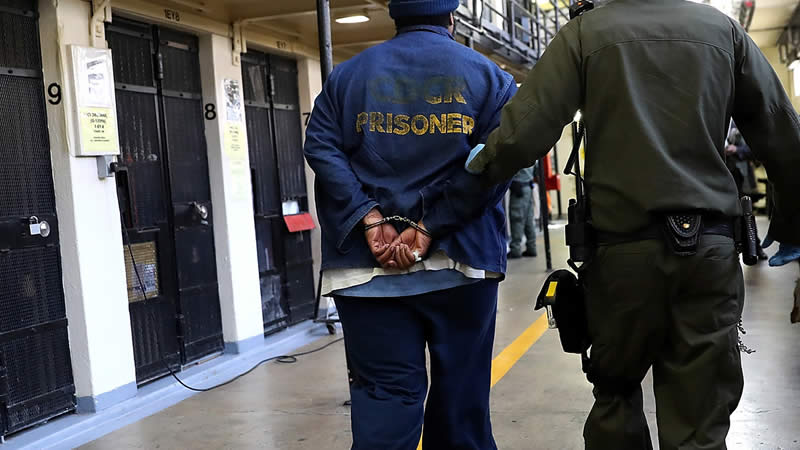California’s state prison correctional officers are on the brink of securing raises, retention bonuses, and other incentives that amass more than $1 billion. This proposal comes at a time when California is focusing on cutting its prison populace and shutting down facilities to decrease prison expenditures.
The freshly proposed two-year agreement with the California Correctional Peace Officers Association offers a vast array of monetary benefits for the approximately 26,000 guards working across 33 state correctional establishments. The California Department of Human Resources speculates the contract will run a bill surpassing $1 billion over its duration.
Every officer is set to receive a 3% wage hike effective from July 1 of the current year and an additional 3% increase the following July. Moreover, an annual $1,200 health and wellness incentive will be disbursed this November and the next.
Three specific prisons facing retention challenges – Salinas Valley State Prison, California State Prison near Folsom, and Richard J. Donovan Correctional Facility in San Diego – will grant a one-time $10,000 retention bonus to numerous officers. Furthermore, newcomers at 13 establishments might qualify for a $5,000 relocation bonus if they must shift more than 50 miles from their existing residence.
Union president Glen Stailey mentioned that the contractual conversations are progressing without hitches, and any public comments about its essence will follow their internal evaluation.
Additionally, the agreement negotiated by the CCPOA includes enhanced retirement perks to supplement each guard’s CalPERS pension. By November 1, 2024, every active worker will be entitled to a 401(k), bolstered by a singular state contribution of $475. Starting January 2025, the state will contribute 1% of the officer’s base monthly salary towards their retirement.
The contract also entails further financial advantages for the CCPOA members, like premium pay hikes for night and weekend shifts, increased bilingual allowances, and educational bonuses for specific workers.
Before this agreement becomes official, it demands approval from the union’s body, the Legislature, and finally, a nod from Governor Newsom.


